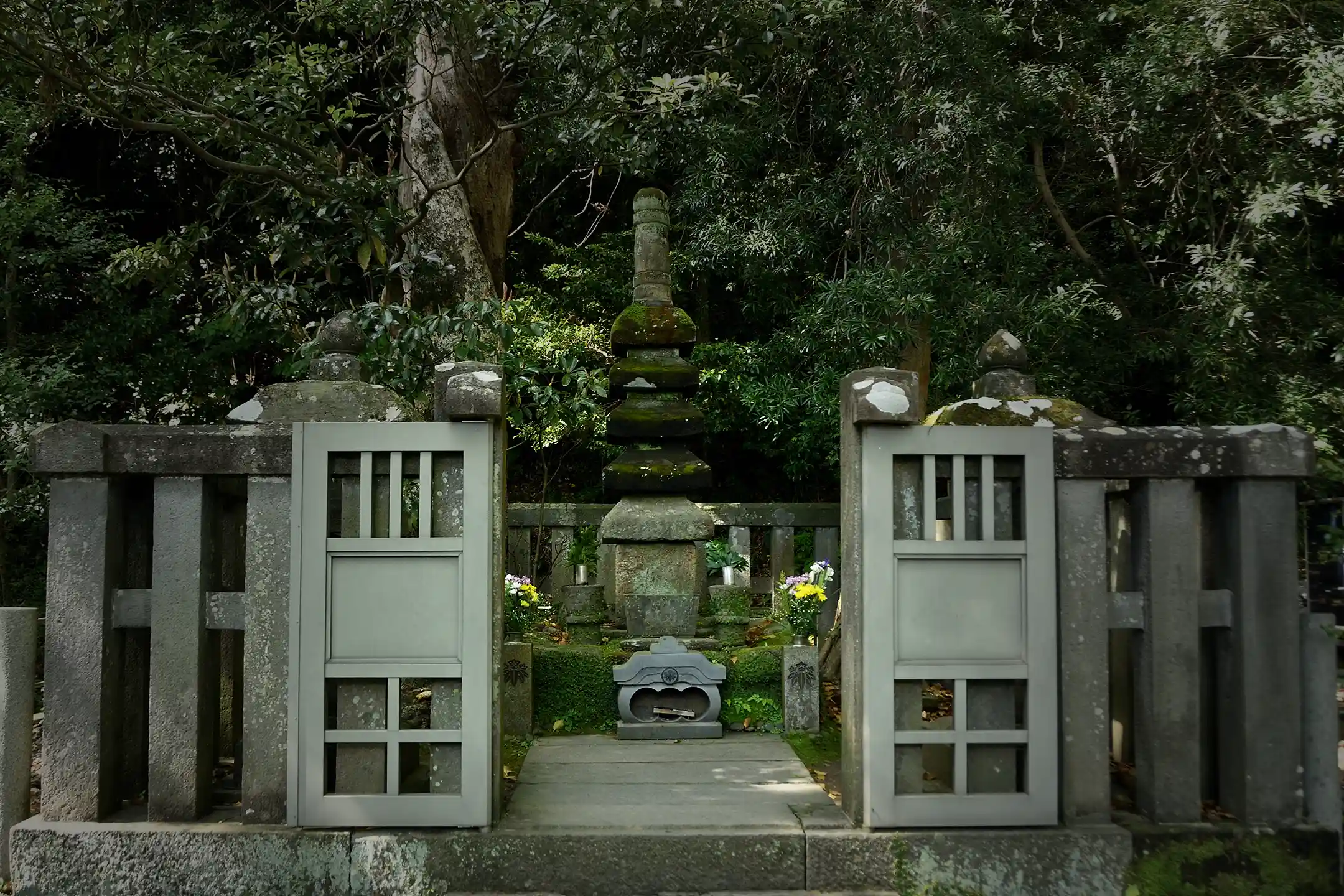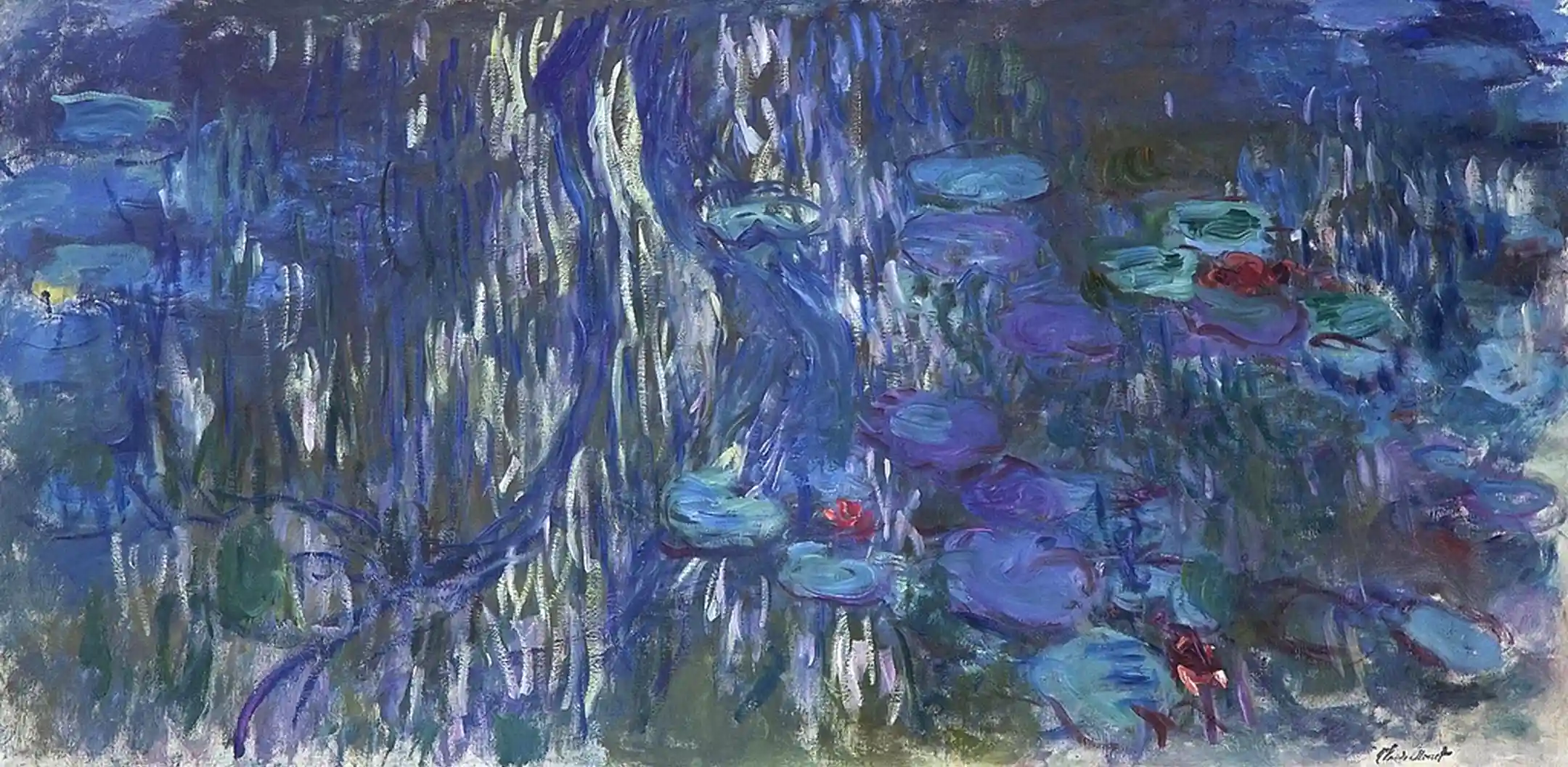Kamakura, once the seat of the samurai government and a cradle of Zen Buddhism, is one of Japan’s most storied ancient capitals. Its long history and unique climate have nurtured a food culture rooted in “harmony with nature,” epitomised by Buddhist shōjin ryōri (devotional vegetarian cuisine).
Meanwhile, Europe and North America, shaped by diverse religious and regional influences, have cultivated culinary identities that actively celebrate local character. When you compare these backgrounds, Japan’s insistence on capturing the essence of each season and simultaneously balancing body and mind may offer you a refreshing perspective.In this article, you’ll dive into the allure of Kamakura Restaurants from many angles—kaiseki in lovingly restored farmhouses, seaside seafood feasts, and even spaces where art and dining intertwine.
The Allure of Kamakura Restaurants, Nurtured by an Ancient Capital
Historical Roots and a Distinctive Food Culture
In the 13th century Kamakura hosted a samurai government and saw Zen Buddhism flourish. Zen monks not only introduced tea culture but also spread shōjin ryōri—meals that omit meat and fish (*1). As a result, Kamakura developed flavours that are simple yet profoundly layered.
What truly matters here is that, in Japan, “meat‑ and fish‑free” cooking has long carried connotations of spiritual practice. In contrast, Western vegetarianism often evolved from health concerns or animal welfare. Even though both are forms of plant‑based dining, their philosophical underpinnings differ, offering first‑time visitors intriguing insights.
Further, Kamakura blends the austere sensibility of a warrior society with the elegance of Kyoto court culture. Enfolded on three sides by forested hills and open to the Pacific on the south, the city enjoys mountains’ bounty and the sea’s riches (*2). Tables burst with seasonal ingredients—Kamakura vegetables, whitebait, wild mushrooms, and fresh fish—creating that perfect meeting of rustic charm and courtly grace.
This respect for nature connects deeply with the spirit of washoku, added to UNESCO’s list of Intangible Cultural Heritage in 2013 (*3).
Across cultures, it’s easy to label another society’s food habits as “unusual,” but history and geography are always at play. By contrasting Japan’s “reverence for the four seasons” with the West’s “bold, region‑driven cuisines,” you’ll uncover why certain dishes took root where they did—an eye‑opening step toward mutual understanding.

Choosing a Restaurant: Atmosphere and Hospitality Matter
When you pick a restaurant in Kamakura, pay attention not only to flavour and quality but also to ambience and service. Many venues occupy renovated merchant houses or sukiya‑style buildings. Soft light filters through shōji screens, while gardens shift their moods with the seasons—spaces where “the beauty of empty space” invites you to breathe (*4).
Unlike Western restaurants that often craft a modern vibe with lighting and décor, Kamakura’s serenity stems from natural light and hush, embodying the Japanese idea of kehai—a sensitivity to subtle presence.
Japan’s celebrated omotenashi—meticulous, heartfelt hospitality—will likely leave a lasting impression on you. Staff often explain each dish’s background and the history of the ceramics with genuine dialogue, showing a belief that true satisfaction lies in emotional connection beyond flavour or service alone (*5).
Such hospitality turns a meal into an experience that lets you feel the ancient city with every sense.
Savoring Seasonal Washoku in Heritage Homes—Recommended Kamakura Restaurants
The Harmony of Architecture and Cuisine
Throughout the city, you’ll find plenty of restaurants repurposing old samurai estates and merchant houses. Below are five spots where historic architecture perfectly complements seasonal Japanese cuisine.
- Sorahana in Hase: Set in a 90‑year‑old wooden home, its exposed beams and polished floorboards evoke nostalgic Japanese living. The female chef’s set menus and clay‑pot rice dishes radiate care, and you can relax thanks to English‑friendly service (*1).
- Gentō‑an in Kita‑Kamakura: Housed in an early‑Shōwa bungalow, this restaurant presents kaiseki using antique plates and furnishings. Each course looks like a scene from a storybook—you may lose track of time (*2).
- Matsubara‑an near Yuigahama: A converted Edo‑period dwelling serving fragrant hand‑cut soba and tempura. Sea breezes sweep through the open space, letting you feel both “ancient‑capital ambiance” and “beach culture” at once (*3).

Kaiseki and Course Menus That Showcase the Four Seasons
For an amplified seasonal experience, check out these two renowned establishments:
- Kita‑Kamakura En: A refined sukiya‑style restaurant near Engaku‑ji. Peering over its manicured garden, you’ll enjoy kaiseki that changes twice monthly, featuring delicate preparations of mountain and sea fare unique to the moment. Hearing the stories behind each ingredient deepens your appreciation of Japan’s longstanding reverence for nature.
- Sakanoshita Tamoto in Hase: A discreet washoku house famed for its Michelin recognition, offering an omakase course that lets you taste the seasons directly (*4). Every plate and vessel carries lingering artistry, inviting you into a worldview centred on harmony between people and nature—far beyond mere “presentation.”
Washoku engages not just your palate but also tableware, aroma, and space. Many Western visitors first see it as “minimalist art,” only to discover its deeper philosophy of “aligning ourselves with nature.” Time in Japan often reveals layers of history and spirit behind each dish, opening new viewpoints you might never have considered.

Embracing Freedom at Seaside Kamakura Restaurants
Kamakura is a coastal town facing Sagami Bay, long famed for its fisheries. Many restaurants serve the morning’s catch (*1). During the peak whitebait season from spring to autumn, visitors line up for bowls of nama‑shirasu‑don—fresh whitebait over rice (*2).
Working hand‑in‑hand with local fishers and farmers, these eateries feature plenty of freshly harvested Kamakura vegetables, too.Port towns in the West certainly love seafood, but what sets Kamakura apart is its insistence on “bringing out each ingredient’s character as purely as possible.” Simple seasoning allows you to savour the seafood’s natural umami—another reflection of living in harmony with nature.
Many seaside venues boast open‑air dining or terraces with sweeping views of Enoshima or even Mt Fuji. At sunset, the sky often blazes red, as if you’re gazing at a painting.
Barbecue‑style restaurants let you grill fish and vegetables over charcoal for a wilder, hands‑on meal (*3). Overseas guests find Japan’s meticulous touch surprising here: you can enjoy the lively, social vibe of a Western beach BBQ while also appreciating the Japanese care taken with each ingredient. It’s a perfect example of how blending cultural traits sparks fresh dining adventures.

Restaurant Experiences Fused with Art and Culture
Besides its many temples, Kamakura hosts a scattering of intimate museums and galleries. Restaurants that marry art and dining let you indulge all five senses at once (*1,2).
While museum cafés exist in the West, Kamakura’s pairings—say, “heritage home × contemporary art”—let you feel old and new cultures cohabiting in one space with striking clarity.
Some hotel restaurants permanently display works by local artists, while gallery cafés present washoku alongside ceramics you can admire up close. This everyday embrace of art is second nature here.
A few venues even hold workshops with chefs and artists: learn pottery, join a culinary history session, and dig deeper into cultural contexts (*3). Such exchanges prompt you to reflect on your own assumptions and see past the temptation to label unfamiliar customs as merely “special.”
During special temple night openings, you might enjoy concerts and dining under ethereal illumination (*4,5). The contrast of ancient sanctity with modern performance and cuisine embodies Kamakura’s multi‑layered culture.
Join one of these events, and you’ll grasp Kamakura’s knack for honouring tradition while welcoming new ideas.

Booking Tips & Itinerary Planning—Making the Most of Kamakura Restaurants
Popular Spots Require Advance Reservations
With Kamakura’s compact size and increasing domestic and international visitors, beloved restaurants can fill up fast. Many acclaimed washoku spots and izakaya seat only a handful at the counter, so walk‑ins are often tough.
Online or phone reservations are standard. If Japanese is difficult, ask your hotel concierge to help.
Some restaurants open their books one or two months ahead and sell out immediately, while others are reportedly booked a year in advance for weekends (*1). If a place sits atop your “must‑try” list, check its reservation release dates early.Japan’s strong “regulars culture” may surprise you, yet it proves how deeply these eateries are woven into local life.

Sample Course Combining Temples and Galleries
Pairing meals with Kamakura’s temples and art spots enriches your cultural journey. Picture this: start your morning calming your mind in the bamboo grove of Hōkoku‑ji (*2); head to Tsurugaoka Hachimangū late‑morning to feel the pulse of samurai history (*3); then savour a pre‑booked lunch at a sought‑after restaurant. In the afternoon, drop by the Kamakura Museum of Literature for a taste of Japanese letters.
Amid classic architecture, vivid lakes, and sea‑and‑mountain vistas, you’ll enjoy a wonderfully varied day. By centring your itinerary on culinary experiences while weaving in temple visits and galleries, you access Kamakura’s full cultural panorama. Key to success: secure bookings and leave ample breathing room in your schedule. Stepping away from daily bustle and lingering in the ancient capital’s quiet—that’s the real charm of Kamakura.
Conclusion: Where Old‑World Atmosphere Meets Modern Flair in Kamakura Restaurants
From shōjin‑inspired seasonal fare served in quiet heritage homes to sparkling seafood enjoyed beside the ocean, Kamakura offers a dazzling range of dining styles.Underlying them all is a reverence for “harmony with nature” and “inner calm”—an approach different from the West’s “fusion of cultures” or bold reinterpretations. Yet both share a universal wish: letting people enjoy richer moments together.
Kamakura’s thriving collaborations with art and cultural venues mean you can view ceramics or contemporary works as you eat, thrilling every sense. Temples, seasonal landscapes, and fleeting beauty converge here, promising memories you’ll treasure long after.
Before you set out, do your homework and secure those reservations, then craft an itinerary that lets time slow to the city’s gentle rhythm. Where else can you simultaneously savour Japan’s delicate food heritage, seaside vistas, and vibrant art scene? In Kamakura, that fusion becomes a singular experience made just for you.
Author Bio

Maoko Shibuya
Content Planner & Writer Holding a master’s in Digital Marketing and experience across global markets, Maoko blends international perspective with a deep appreciation for Japan’s cultural heritage. She plans and writes compelling narratives that reveal the country’s beauty and depth, drawing on her passion for travel, local cuisine, and cultural exploration.



.webp)
.webp)
